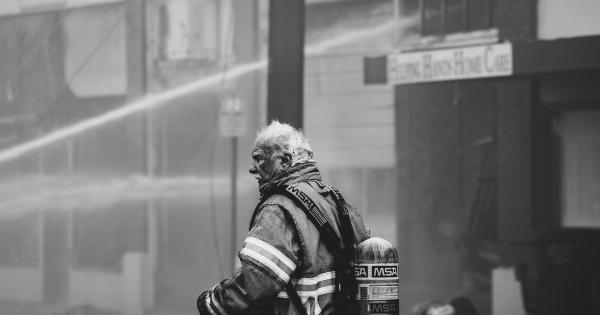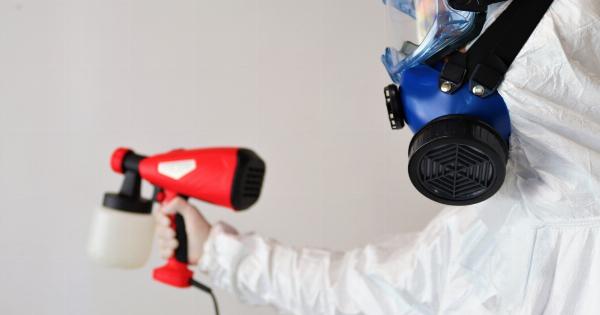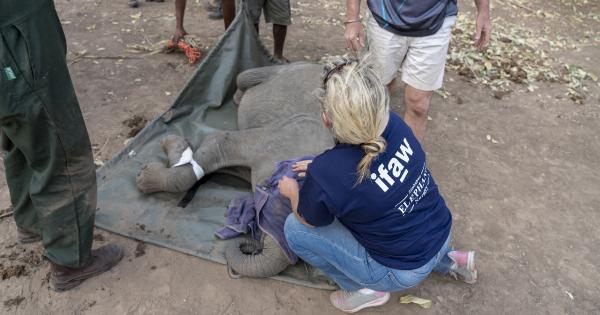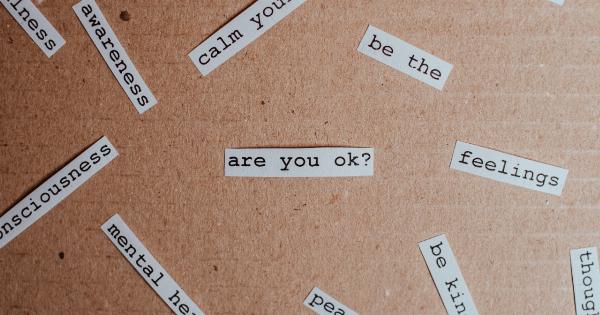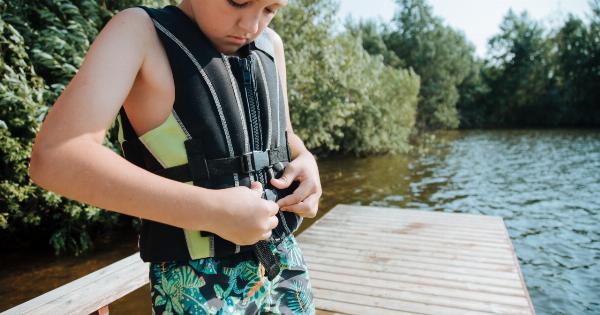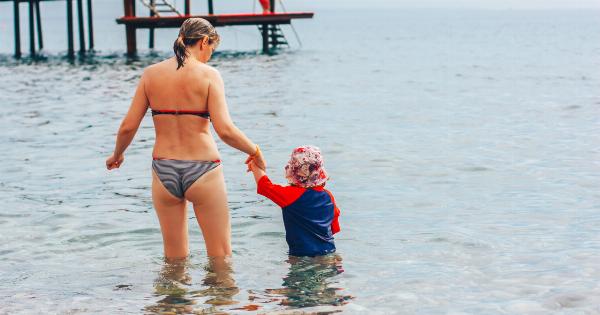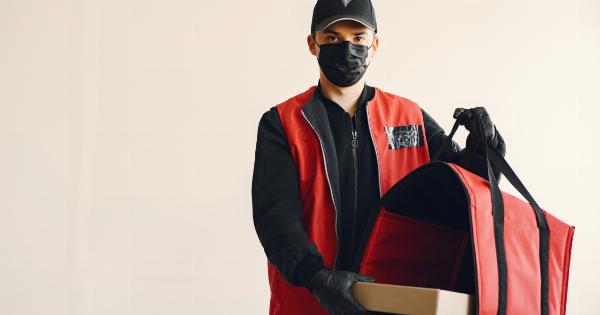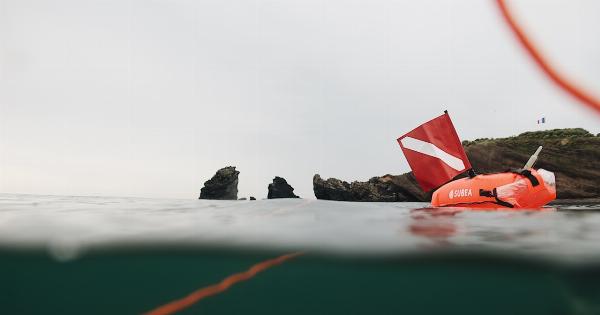Encountering someone struggling in water can be a distressing and potentially life-threatening situation. Being prepared and knowing how to act swiftly and effectively is crucial.
In this article, we will guide you through the steps to take when you see someone struggling in water, whether it’s a pool, lake, river, or any other body of water.
Assess the Situation
The first step is to assess the situation before taking any action. Make sure to prioritize your safety and avoid putting yourself in danger.
Evaluate the distance between you and the struggling individual, the depth of the water, and any potential hazards that may be present.
Call for Help
If you determine that the person is in need of immediate assistance, your first instinct should be to call for help. Dial the emergency services in your country or area, such as 911, and provide them with a clear description of the situation.
Reach or Throw, Don’t Go
Remember the golden rule when it comes to rescuing someone in water: reach or throw, don’t go. Going into the water yourself without proper training and equipment can put both you and the person in distress at risk.
Extend Objects
If you are near the person struggling, use any available objects to safely extend to them. This could include items such as a long pole, tree branch, or towel. Ensure that the object has enough length to reach the individual without endangering yourself.
Throw a Flotation Device
If reaching the person with an extended object is not feasible, throw a flotation device towards them. This can include a lifebuoy, life jacket, or any other buoyant object that can help keep the person afloat.
Make sure to throw it with accuracy and enough force to reach the struggling individual.
Shout Instructions
While you are attempting to rescue the person, shout clear and simple instructions to guide them. Encourage them to grab onto the extended object or flotation device and reassure them that help is on the way.
Alert Bystanders
If there are other people nearby, alert them to the situation and ask for their assistance. Inform them about the emergency and instruct them to call for help or provide any additional support they can offer.
Keep a Safe Distance
While you are helping the person in distress, it is essential to maintain a safe distance. This is particularly important if they are panicking, as they may unintentionally pull you underwater.
Stay calm, focused, and ensure your own safety remains a priority.
Wait for Professional Help
Once you have initiated the rescue and the person is safely clinging to the extended object or flotation device, wait for the arrival of professional help.
They are trained to handle such situations and will have the necessary equipment to safely assist the individual out of the water.
Provide Support and Reassurance
While waiting for professional help, providing emotional support and reassurance to the person can help calm them down. Remind them that they are not alone and that help is on the way.
Ensure they continue to cling to the flotation device and avoid any excessive movements that could put them at risk.
Conclusion
Encountering someone struggling in water can be a frightening experience, but by following these guidelines, you can take the necessary steps to assist them effectively without putting yourself in harm’s way.
Remember to prioritize your safety, call for professional help, and utilize any available objects or flotation devices to aid the person in distress.

